Thierry Mugler Is Everywhere You Look
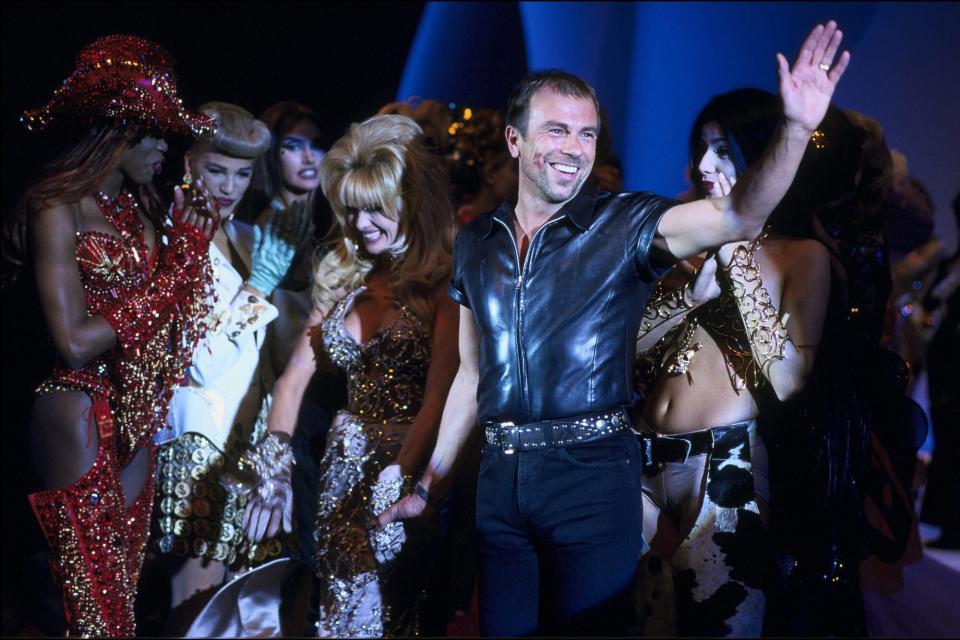
Getty Images
A mass evolutionary event was underway in 1984, although humanity did not know just yet that a fashion messiah had been born, here to shepherd this world into the new age. Manfred Thierry Mugler had just shown the first public fashion show at the Zenith Stadium in Paris, to celebrate his brand's 10th anniversary. Over 6,000 people crammed into the arena to watch Pat Cleveland ascend as the Madonna, the fixture of Mugler's 350 outfit show. Cleveland was draped in white, the encrusted headpiece she bore appearing as if wrought by some yet unknown celestial emissary.
A door had been opened, and walked through. There was no going back.
Much has been said of Mugler since his passing this week. The collective shock weighs thick in the air of the fashion glitterati, and out through the spiraling tendrils of pop culture and beyond. Sifting through the messages of grief and yearning, alongside the volumes of writing dedicated to him in life, it still doesn't feel quite enough. How does one measure the work of a person who, through no small effort, changed the world. Not in the facile ways we all aspire too; be a better person, recycle, and such. But a shift that altered global beliefs about gender and presentation, identity and possibility, and futures yet unwritten. Fashion designers surely dream. Mugler made manifest the ephemeral elements of his designs.
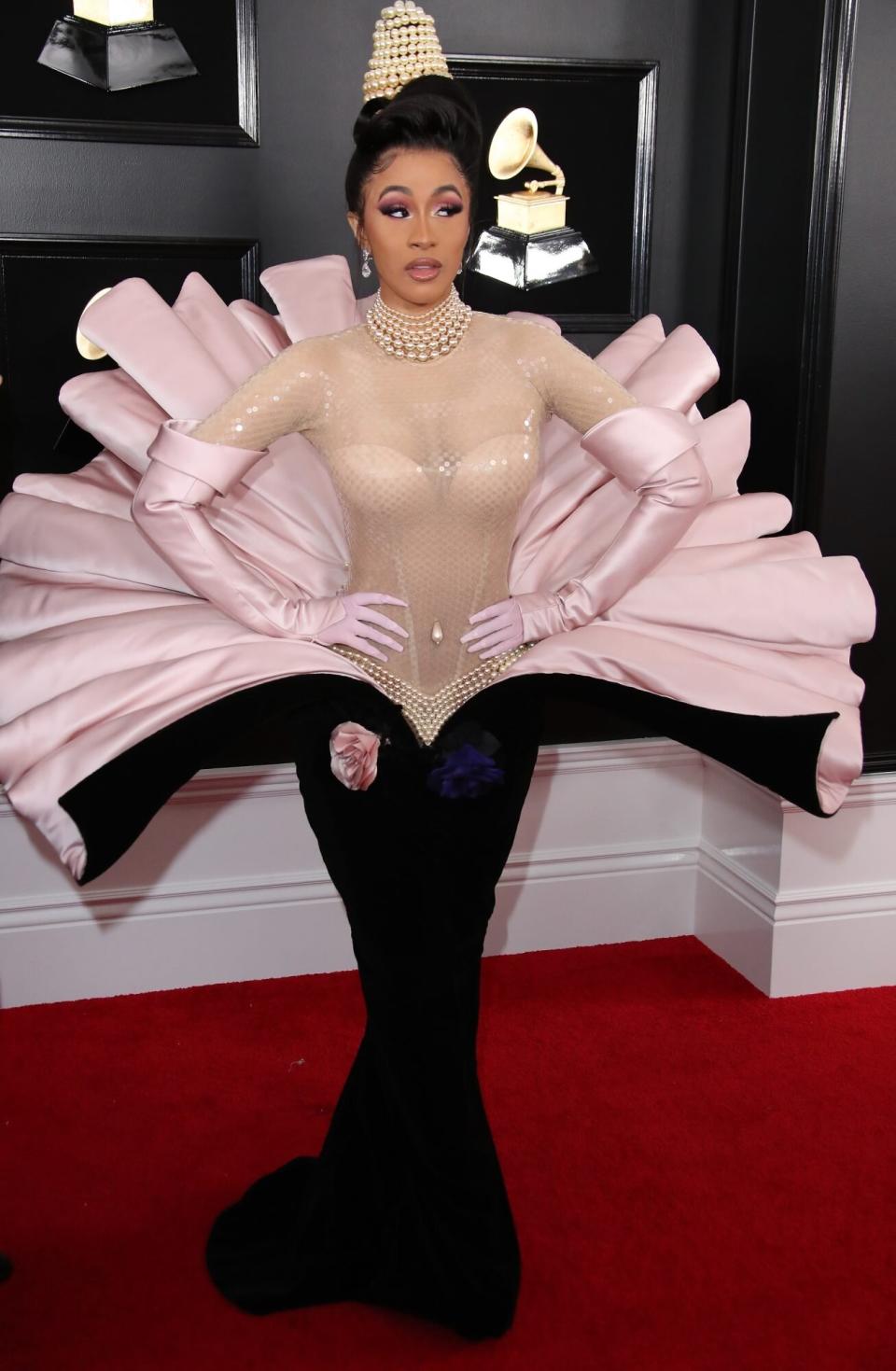
Getty Images
After that iconic show in 1984, Mugler's profile skyrocketed. Fashion shows were televised in those days, and people still read the magazines. Awed were onlookers by his alien profferings. Ballooning shoulders, increasingly cinched waistlines, savage curves, jagged metals. Technological achievements that outclassed his contemporaries in Azzedine Alaia and later Jean Paul Gaultier. Or his descendants: John Galliano, Alexander McQueen, and more. In 1989 it was mermaids, molded breastplate painted jewel towns, dagger-like prosthetics attached to his model's ears. For the year's fall/winter season, he used the same fashion technology he'd pioneered to show a collection directly inspired by his great love for automobiles and the men who worked on them. Outwards from Paris, his designs snaked their way into concurrent evolutions in the mass media. Pop stars had only just blossomed, bolstered by the cultural impact of Black artists and writers in the 20th century. Out of this development came cultural icons like Diana Ross, Grace Jones, and later, Michael Jackson. Ross even had a collection in her name, closing Mugler's runway show in 1991. In attendance were celebs like Madonna and George Michael, the latter of whom Mugler collaborated with on his 1992 hit "Too Funky." Others would enter this orbit nearly a decade later, his final muses: Beyonce, Cardi B, Lady Gaga.
RELATED: Beyoncé, Bella Hadid, Diana Ross, and Others Mourn Thierry Mugler's Death
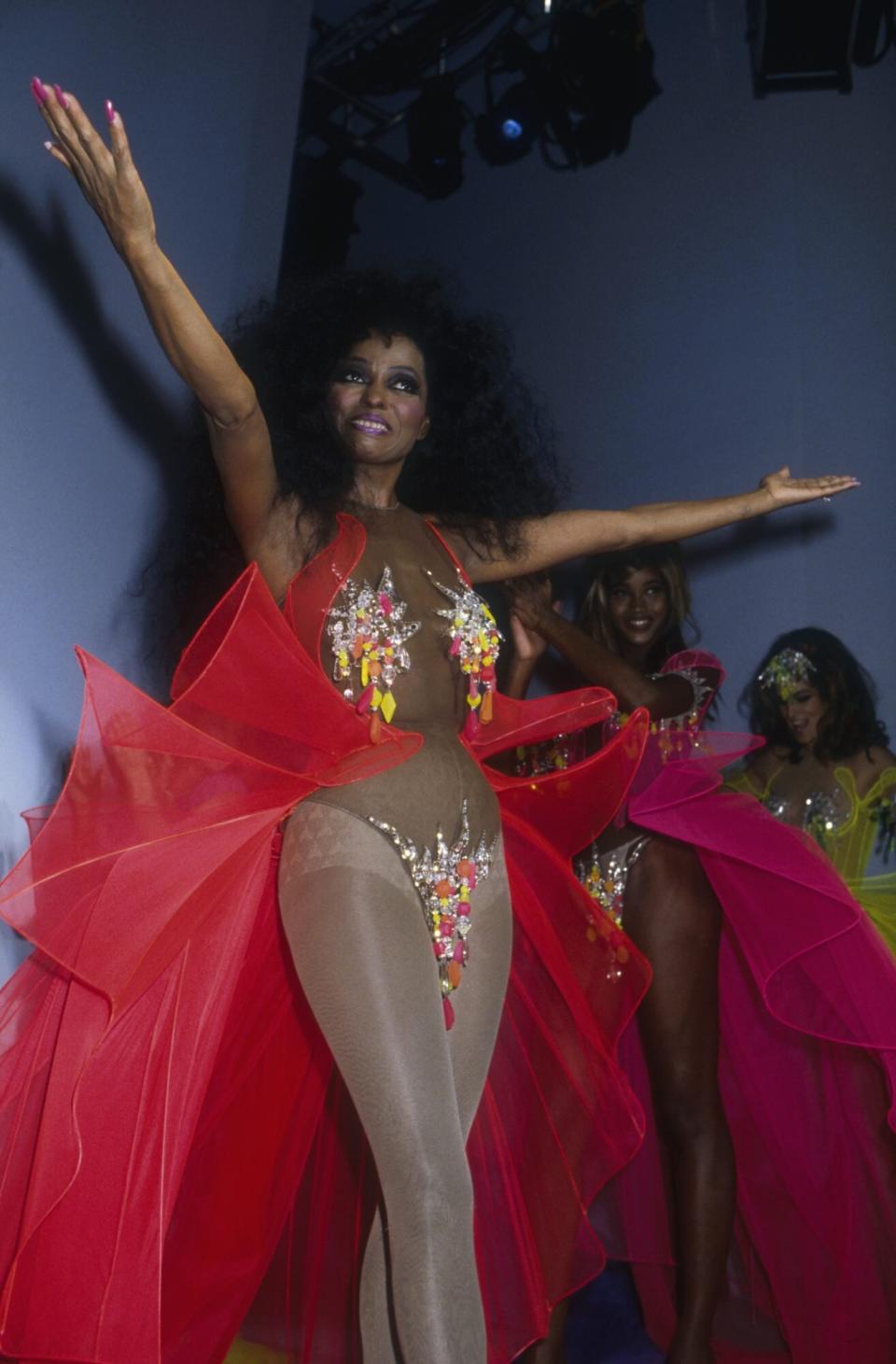
Getty Images
But it was not for the celebrities and artists he so often collaborated with that Mugler saw his designs so intrinsically change the fashion landscape. It was no small coincidence that Pat Cleveland, among the first Black women to find global success as a model, was the centerpiece of that public fashion show in 1984. Throughout his decades-long career, others would follow in her wake: Naomi Campbell, Iman, Debra Shaw. Mugler, a gay man himself, would likewise champion for AIDs activist causes and trans women in and outside the fashion industry. Models like Connie Fleming, Terry Toye, and Roberta Close, were all fixtures of the Mugler runway. He even broke off a friendship with George Michael for nearly a decade, over a then irreconcilable transgression on Michael's part. Having collaborated together on the singer's "Too Funky" music video, Mugler took issue with scenes featuring gay and trans performers being removed from the final cut. In his own words, it "seemed a shame considering the royalties from the record went towards the fight against AIDS." 17 years later, the two would rekindle their friendship at the opening show of Beyonce's "I Am…" world tour in London.
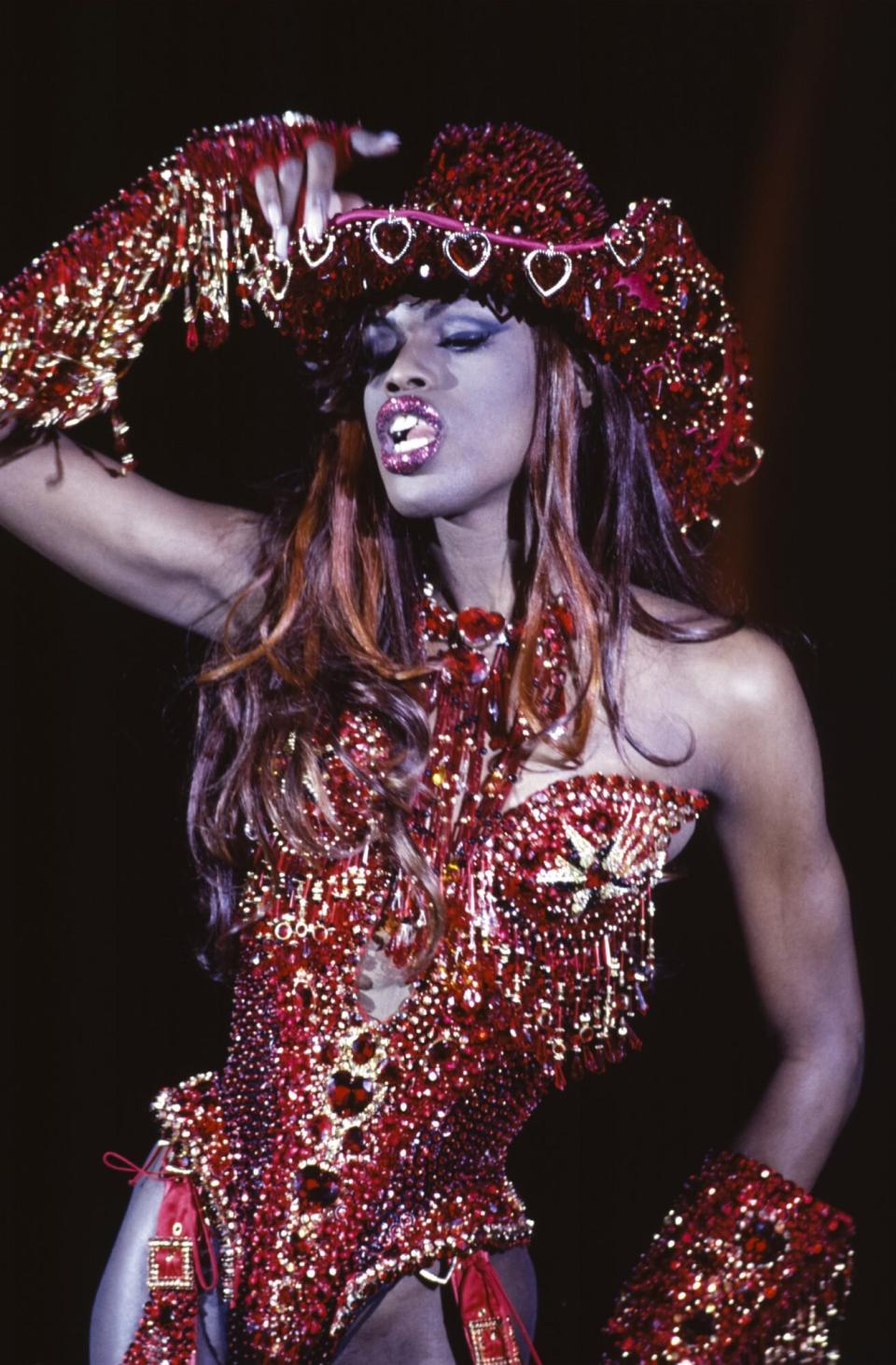
Getty Images
Mugler would officially retire from the commercial fashion industry in 2002, although he would continue in his creative efforts. In the 20 years after his departure, Mugler's spirit could be seen everywhere. Not just on the pop stars who would find inspiration with his work, but in movies, in malls and everyday clothes, and even more surprising places yet, like anime, manga, and comic books, such as memorable outfits from Sailor Moon or JoJo's Bizarre Adventure, and much later, superhero costumes, like Wonder Woman's present iterations, or Selena Kyle's leather catsuit, or Anne Hathaway's ensemble in The Dark Knight.
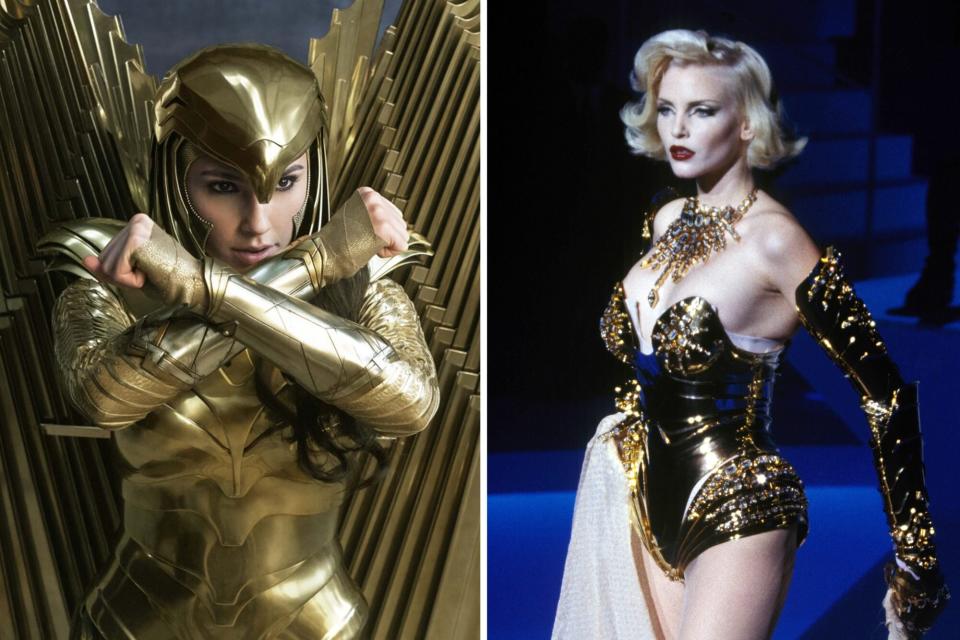
Getty Images/ Alamy
Following a renaissance in mainstream gay culture in the 2010s, drag queens would also showcase the deep impact Mugler had on nightlife and queer people's self expression. The world he created through such dreaming can be felt more and more, up through his death, and I imagine, far beyond it.

 Yahoo Movies
Yahoo Movies 